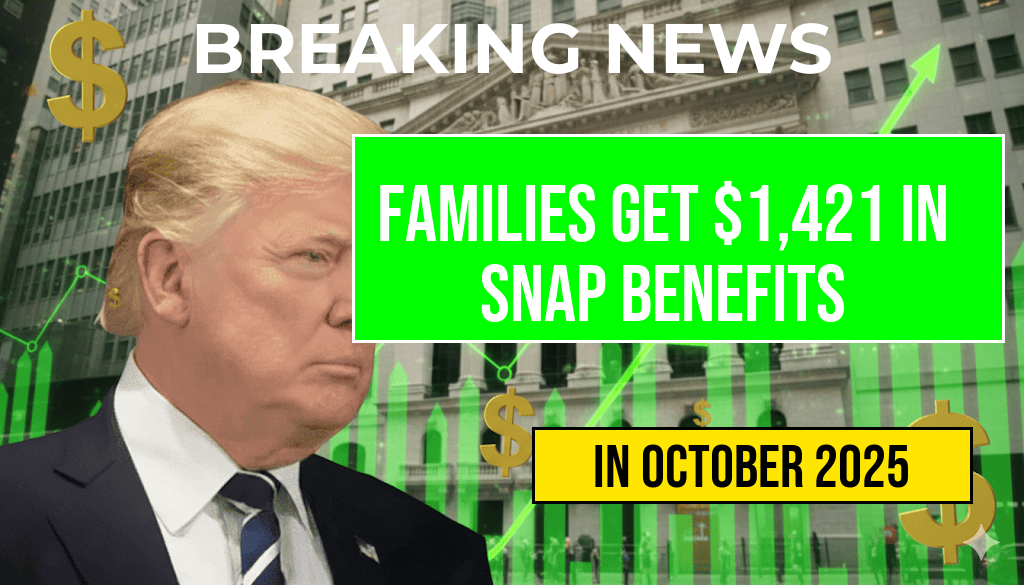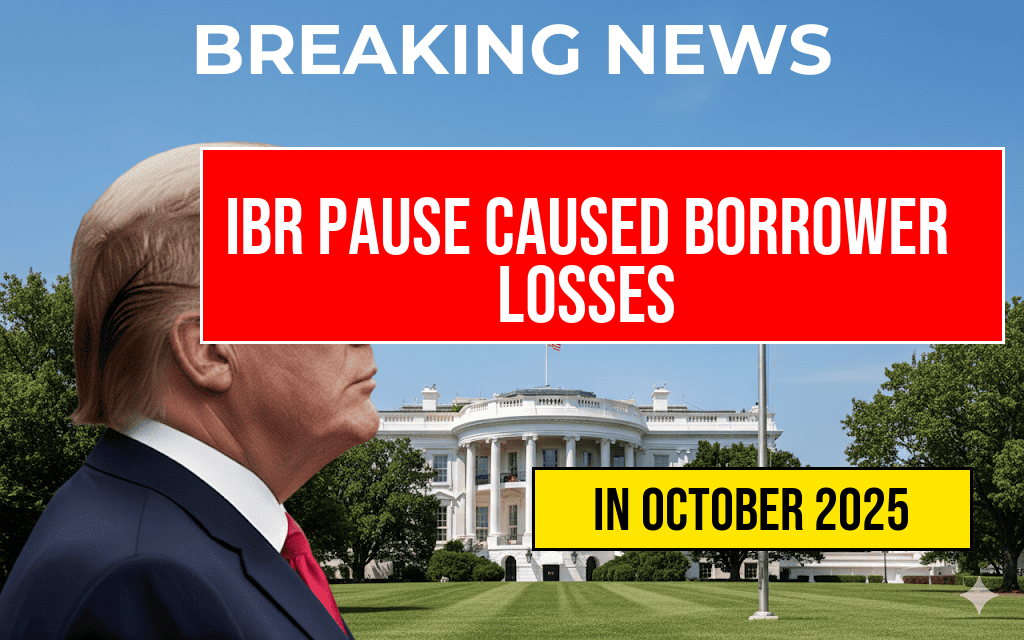Starting in 2026, medical doctors and lawyers across the United States will face a new federal student loan cap, limiting annual borrowing to $50,000. Over the course of their careers, these professionals will be restricted to a maximum aggregate loan amount of $200,000. The policy aims to address concerns about mounting student debt and ensure sustainable lending practices, but it also raises questions about access to education and the financial viability of certain professions. The new limits, announced by the Department of Education, are part of broader efforts to reform federal student loan programs and promote responsible borrowing among high-earning professionals. The changes will take effect beginning with the 2026 academic year, affecting both current students and future applicants in these fields.
Background and Rationale Behind the Loan Limits
The federal government has long played a role in financing education for students pursuing professional degrees, recognizing the societal benefits of well-trained physicians and attorneys. However, rising student debt levels have prompted policymakers to reassess lending practices. According to recent studies, the average debt for medical graduates exceeds $200,000, while law school graduates often carry debt exceeding $150,000.
Officials argue that the new caps aim to prevent excessive borrowing that can lead to financial strain after graduation. Student debt in the U.S. has become a contentious issue, with critics asserting that unchecked borrowing can hamper economic mobility and discourage entry into these critical professions. By limiting annual and total federal loans, the government seeks to balance access to education with responsible fiscal stewardship.
Details of the New Federal Loan Limits
| Parameter | Limit |
|---|---|
| Annual Loan Cap | $50,000 |
| Maximum Total Loan Limit | $200,000 |
| Effective Year | 2026 |
| Eligible Fields | Medical Doctors, Lawyers |
These restrictions apply to federal loans issued directly to students enrolled in accredited programs. Private loans and other forms of financing are not affected by this policy. The limits are set to encourage students to seek additional sources of funding and minimize reliance on federal borrowing.
Implications for Students and Educational Institutions
Potential Impact on Borrowing and Education Costs
For prospective medical and law students, the new caps could influence their decision-making process, prompting a reassessment of the financial feasibility of their chosen career paths. Some may seek increased scholarships, work-study opportunities, or alternative financing options to bridge the gap. Institutions might also feel pressure to provide more robust financial aid packages to compensate for the federal loan restrictions.
Experts warn that the caps could lead to a shift in the demographics of applicants, possibly deterring students from lower-income backgrounds who rely heavily on federal loans to cover education expenses. Conversely, advocates argue that the limits promote fiscal responsibility and help prevent future default crises.
Effects on the Professional Workforce
By capping the amount of debt professionals can accrue, the government hopes to foster a workforce less burdened by debt-related stress. However, critics contend that the restrictions may inadvertently limit the pool of qualified candidates, especially in high-cost specialties or regions where education expenses exceed the new federal limits.
For example, some medical residents and law associates often incur expenses surpassing the new caps, leading to increased reliance on private loans or personal savings. This could influence career choices, potentially discouraging specialization or practice in underserved areas where compensation is lower.
Broader Context and Future Outlook
The new loan limits reflect ongoing debates about the role of federal funding in professional education. As the Biden administration continues to pursue student debt reform, these measures may serve as a blueprint for future policies targeting specific professions or income brackets.
While some see this as a step toward responsible lending, others emphasize the importance of comprehensive support systems, including scholarships, loan forgiveness programs, and income-driven repayment options, to ensure access and affordability. The upcoming policy change also underscores the need for prospective students to carefully evaluate the financial implications of their educational investments.
For more information on federal student loan programs and recent reforms, visit the Federal Student Aid website or review detailed analyses available on reputable policy platforms like Forbes.
Frequently Asked Questions
What is the new annual federal loan limit for doctors and lawyers?
The new annual federal loan limit for doctors and lawyers will be set at $50,000 by 2026.
What is the maximum total federal loan amount these professionals can borrow by 2026?
The maximum total federal loan amount for doctors and lawyers will be capped at $200,000 by 2026.
When will the new federal loan limits take effect?
The new loan limits are scheduled to be implemented gradually, reaching the $50,000 annual limit and $200,000 total cap by the year 2026.
How will these limits impact professionals with existing federal loans?
Professionals with existing federal loans may see changes in their borrowing capacity once the limits are fully phased in, potentially affecting their ability to take on additional loans.
What is the reason behind implementing these new federal loan limits?
The federal government aims to reduce debt accumulation among doctors and lawyers and promote financial responsibility by establishing these loan caps.






